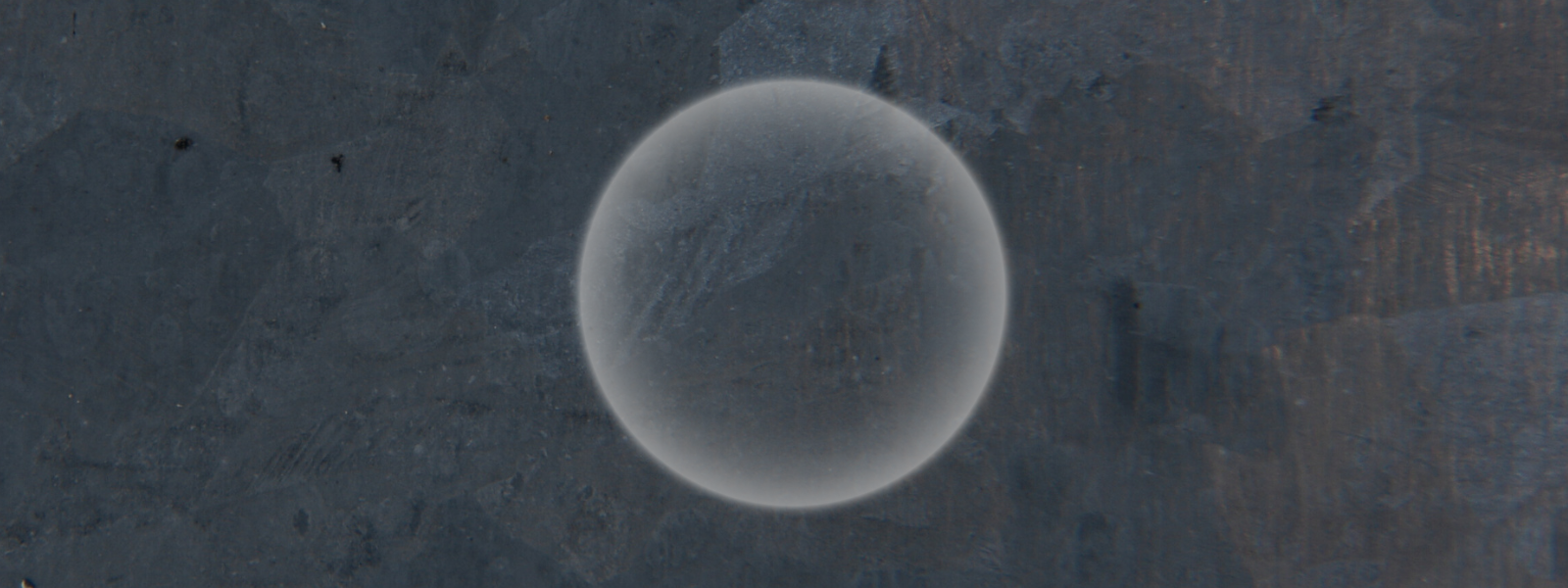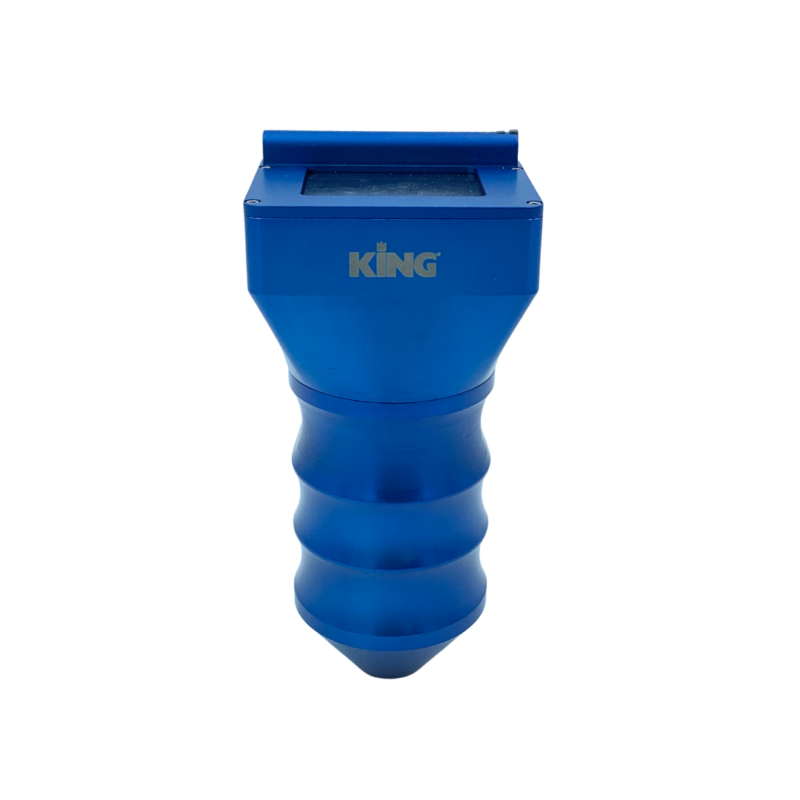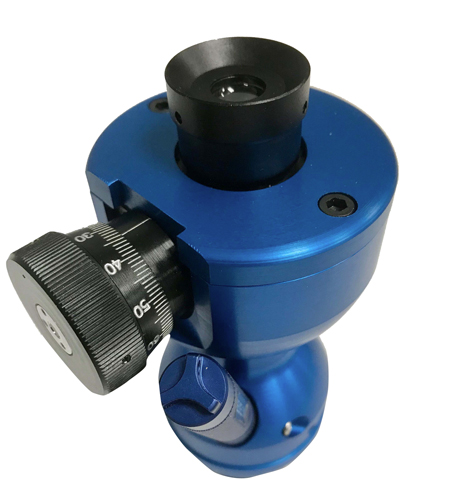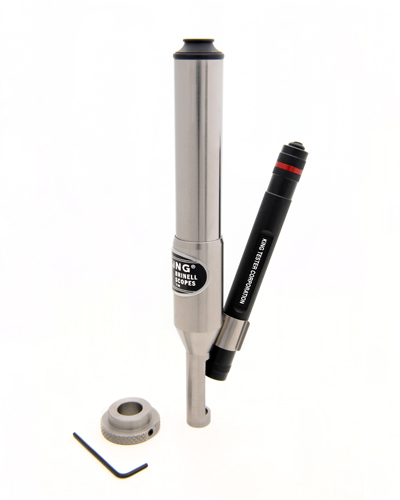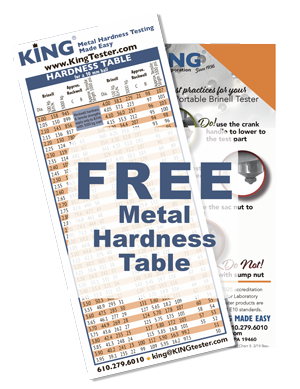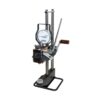Reading Your Brinell Impression
The first thing to consider when choosing a Brinell reading device is how accurate a Brinell reading you need and then consider if you want to read the impression manually or automatically. Is a reading to the nearest tenth of a millimeter (mm) sufficient or do you need greater accuracy in your readings?
Manual microscopes are easy and straightforward. You look through the lenses, focus the optics, position the lens on the impression and read the result in mm. The result is then converted to HBW (Hardness Brinell), by looking up the measurement on the chart or table, to provide the hardness value (HBW).
Automatic microscopes uses a digital camera, which capture the image and does the calculations for you. This tells you the diameter of the impression (in mm) and also the HBW (Hardness Brinell) number. Automatic microscopes reduce the opportunity for human error and provide greater precision results with readings measured to the nearest .001 mm. They also eliminate the need for the Brinell table lookup because the automatic reader does the calculation for you and provides you the Brinell hardness value.
Manual microscopes are more straight-forward and less expensive up front. However, the other consideration is the potential for human error and the reproduceability of results. The human eye and interpretation play a much larger role in handheld results than in automatic results and the time savings may justify the purchase of an automatic reading device. Additional considerations come from the ASTM E10 specification which defines two types of devices; type A and type B.
ASTM E10 Considerations
Measurement Device
The measurement device used for the measurement of the diameter of Brinell indentations may be an integral part of the hardness machine or a separate stand-alone instrument. The allowable measurement devices are classified into two types.
Type A
Devices include microscopes having movable measuring lines with some type of indicator or computerized measuring system and ones with an image analysis system.
Type B
Devices use a hand-held microscope with fixed measuring lines. Type B devices shall not be used for measuring indentations made with 2.5 mm and 1 mm ball indenters.
Note the limitations on the use of handheld scopes as it pertains to smaller indentations.
Reading your Indention with King Tester
King Tester offers both handheld and automatic reading systems:
Type A readers include the KingScan® and the KingScope 100. The KingScan® is fully automatic and self-contained, while the KingScope 100 is handheld with moveable measuring lines.
The type B reader is the KingScope, which has been and continues to be the industry preference for a handheld reader.

